“To plant a garden is to believe in tomorrow.”
– Audrey Hepburn
Most of our kids seem to be drawn to the dirt like it is a magnet. We can’t keep them out of it, and why should we? Even as adults, most of us find something special out in our gardens with some dirt in our hands and under our nails. It shouldn’t come as a surprise, then, that introducing gardening to our kids helps with their development.
The Benefits of Gardening With Kids
There are so many benefits across the spectrum to bringing your children out into the garden with you. Gardening is a fun activity, it’s stimulating, and it’s something new for them to experience and learn. Here are some of the ways that gardening touches the life of your child early on:
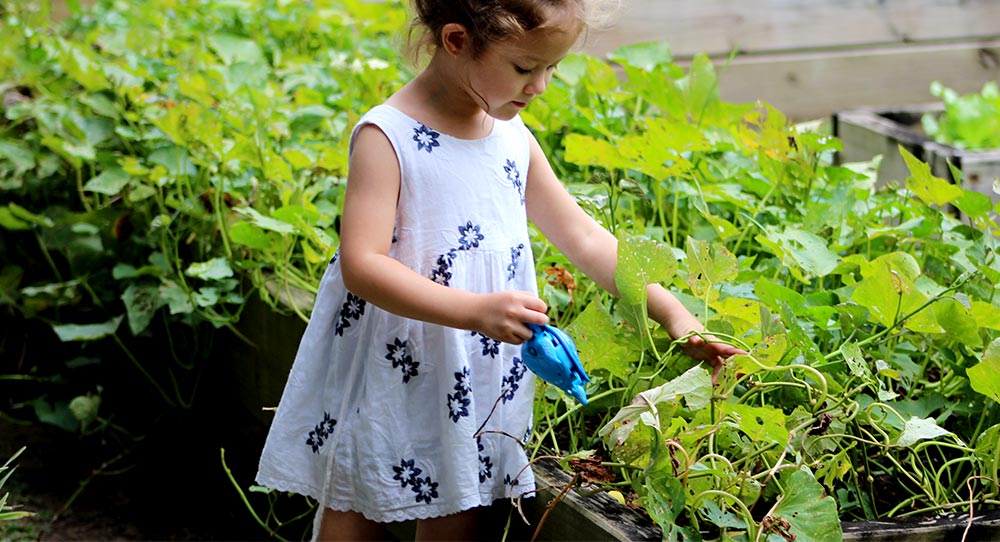
Development: Bringing kids out into the garden has them experiencing a whole new set of stimuli you can’t replicate on a screen or in a book. They’ll get hands-on with exploring the textures of leaves, water, plants, and dirt. They’ll enjoy new smells of flowers and soil, the colors of flowers, foliage, fruits and vegetables, and even tastes. While taking your kid into the garden might inevitably involve a bit of dirt being sampled, including toddlers in growing food encourages them to try new tastes.
Going beyond the rich, new sensory experience, kids develop better with a healthy environment. Access to healthy, organic food and physical activity outdoors can’t be understated – and neither can the benefits that gardening and exploring with their family can have on kids and their relationship to you and their world.
Learning: Mental growth is essential at every stage of your kid’s growth. Their own curiosity is the best inspiration for learning, as you get to explore the names and structures of their favorite plants and flowers and what they do, or asking questions like, “What do we do next?”
To be technical about it, though, exploring your garden with your child helps their cognitive development, problem-solving, memory, and literacy while teaching them about science and nature. But what you’ll also be doing with them is inspiring a curiosity about the world around them and helping them form answers about how it works and where they fit in it.
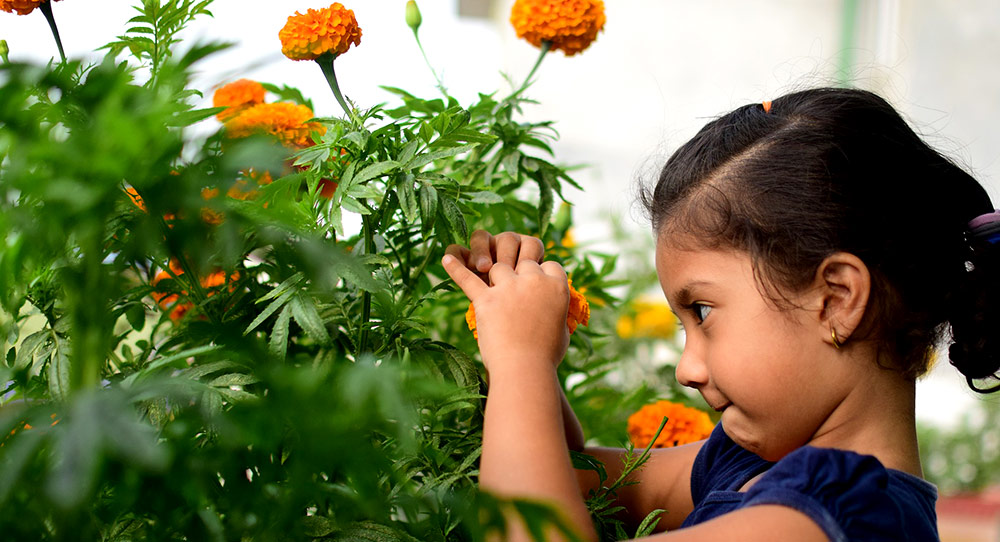
Skills: Most adults that work in their garden don’t notice some of the skills it calls on because we’ve had our whole lives to develop them. For our kids exploring it for the first time, though, working next to you in the garden – or even on their own part of the garden, if they’re old enough – is the perfect introduction to some key life skills at home.
In the garden, your kid learns from you and nature about responsibility, cooperation, patience, and self-confidence. Depending on their age you could also be teaching them about locomotor skills and object control. Most importantly, your kid learns these things doing something fun where they don’t even realize they are learning. They get to enjoy being outside and active with you while having an enriching experience.
Getting Your Kids Started
The key is to pick activities that are age appropriate. Younger kids will need simple jobs and a little help – think planting, harvesting, weeding, digging, and deadheading. Kids that are older are ready to take on some more responsibility, like planting, mulching, or caring for bigger plants.
While supervision and guidance are important, and we are very tempted to share our kid’s experiences, giving them some space is key, too. It’s their world to explore for the first time! Encourage them to get in the dirt and ask questions, but resist the urge to hover too much. Older kids can benefit from being given their own section of plants where they get to create what they want and direct their own learning.
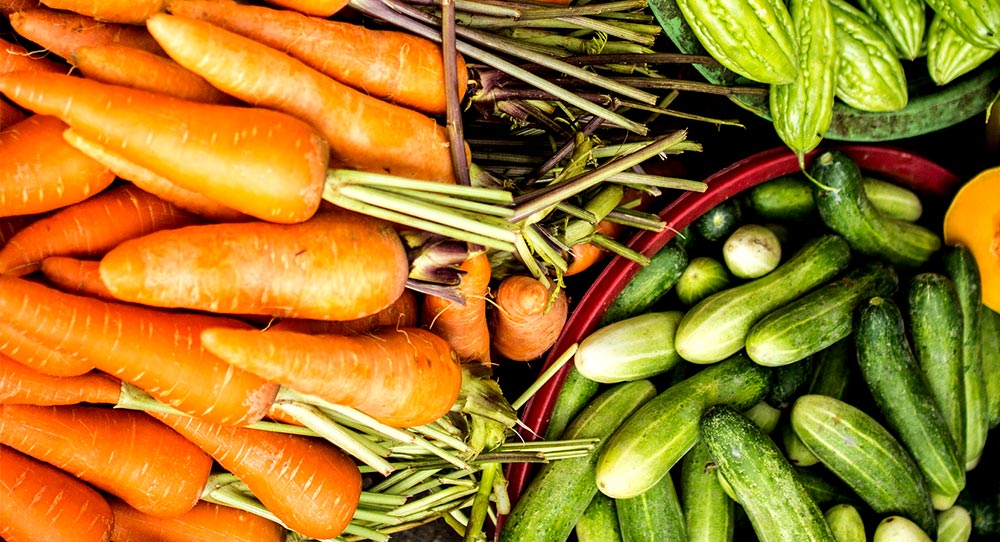
Kid-Friendly Edible Plants
When it comes to starting edible gardening with your kids, simple is key. You’ll want to pick plants that are easy to grow and harvest before moving onto the more challenging options. Herbs are a great way to get started, as they grow well almost anywhere. They’re great for small-patch planting in the garden, or even in a container on the patio for a smaller-scale classroom.
Other edible plants that are easy to grow and harvest include carrots, radishes, and cucumbers. These plants will grow quickly and in different ways that will stimulate your child’s interest in growing. Their harvesting needs are also different, so you can teach them about the unique and special needs that each plant may have, an excellent lesson in biodiversity.
One of the best ways to supplement their edible gardening education is with the reward of delicious, fresh flavors. While some garden-fresh favorites will require a little preparation to enjoy, there are lots of easy-to-grow snacking options that your child can enjoy fresh from the garden. For great snacking options, try growing peas, strawberries, or even tomatoes!
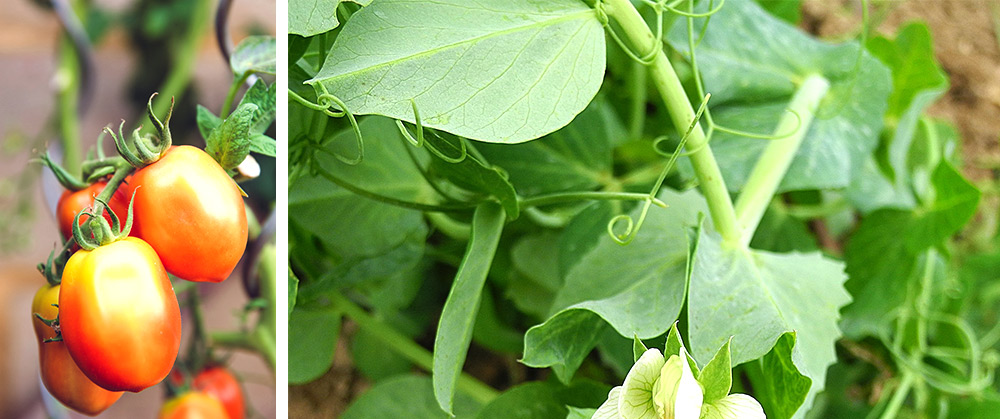
Our world seems to be increasingly ruled by screens and time indoors. Getting outside with your children is a great way to make sure that they are exploring, asking questions, and learning while keeping them safe and sharing something special with them. Teach them to grow and watch them grow into a gardener with edible gardens!




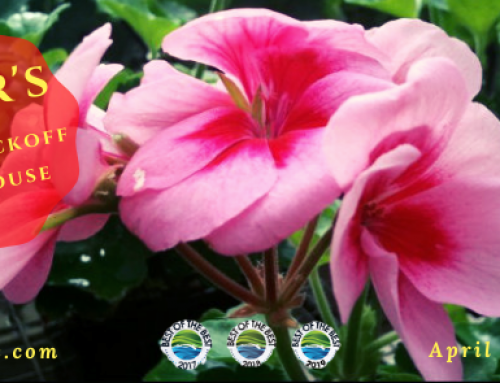
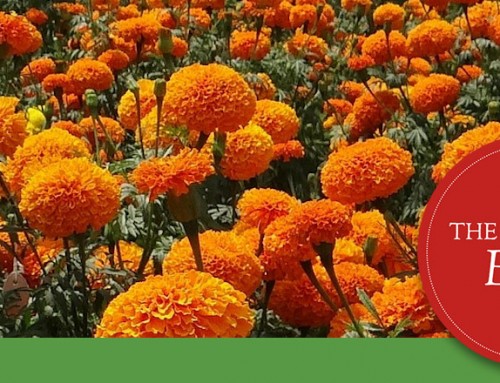
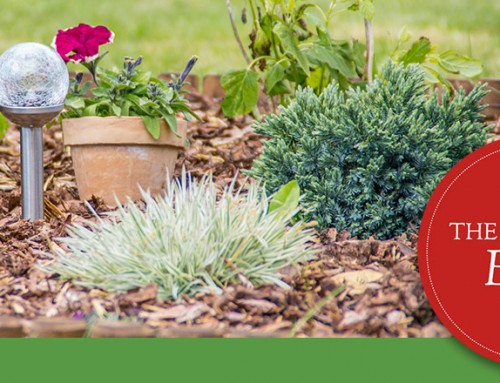
Leave A Comment